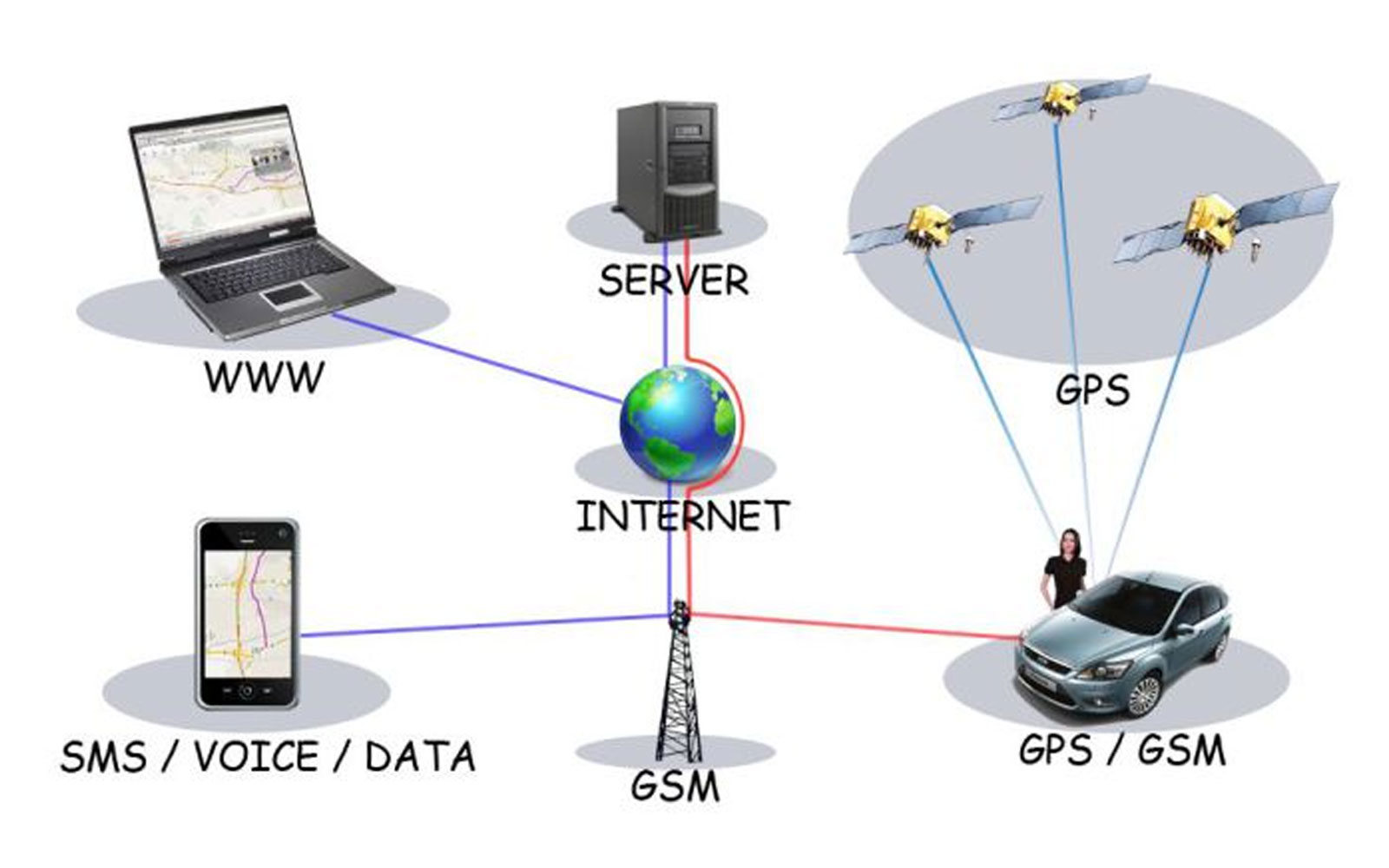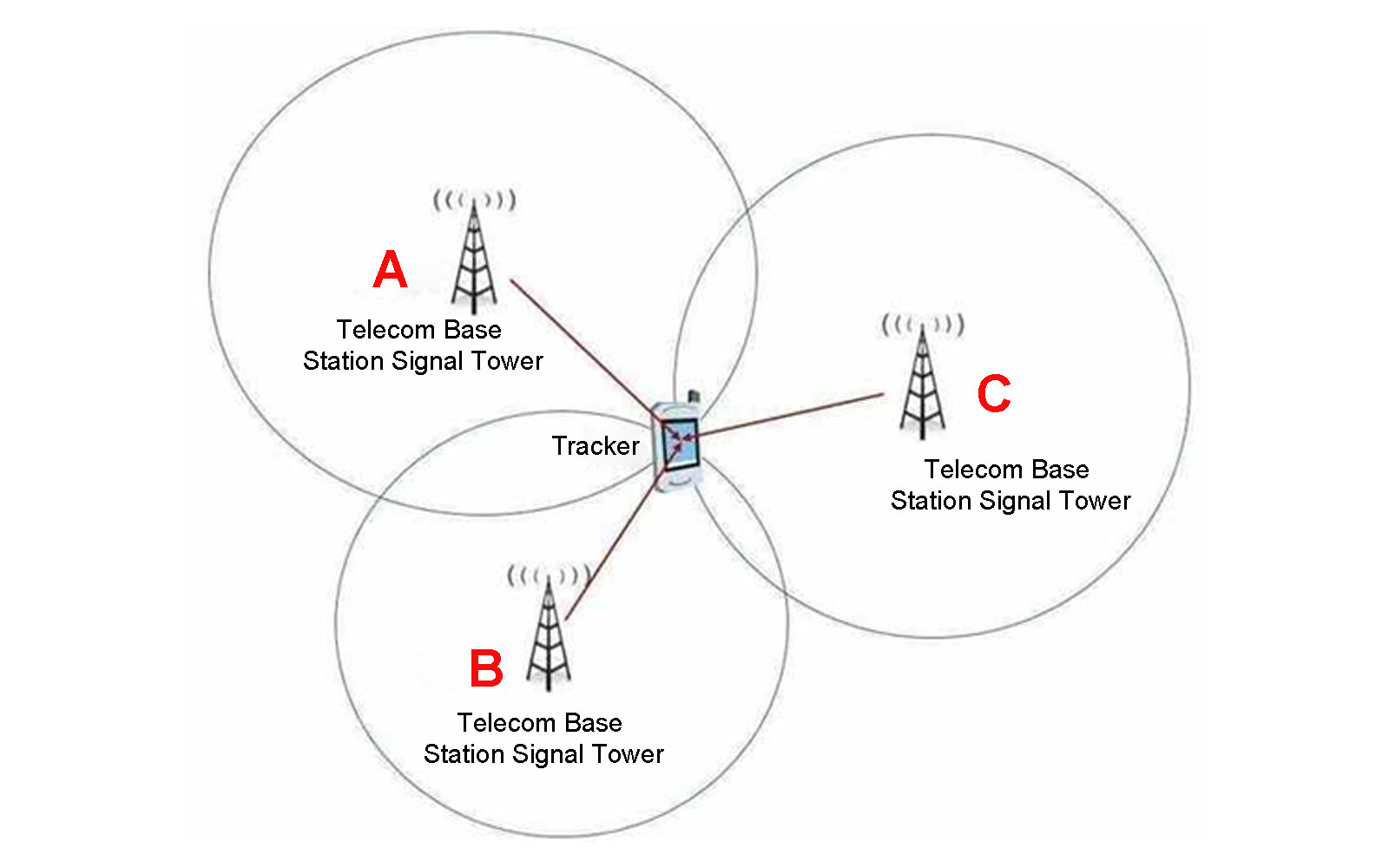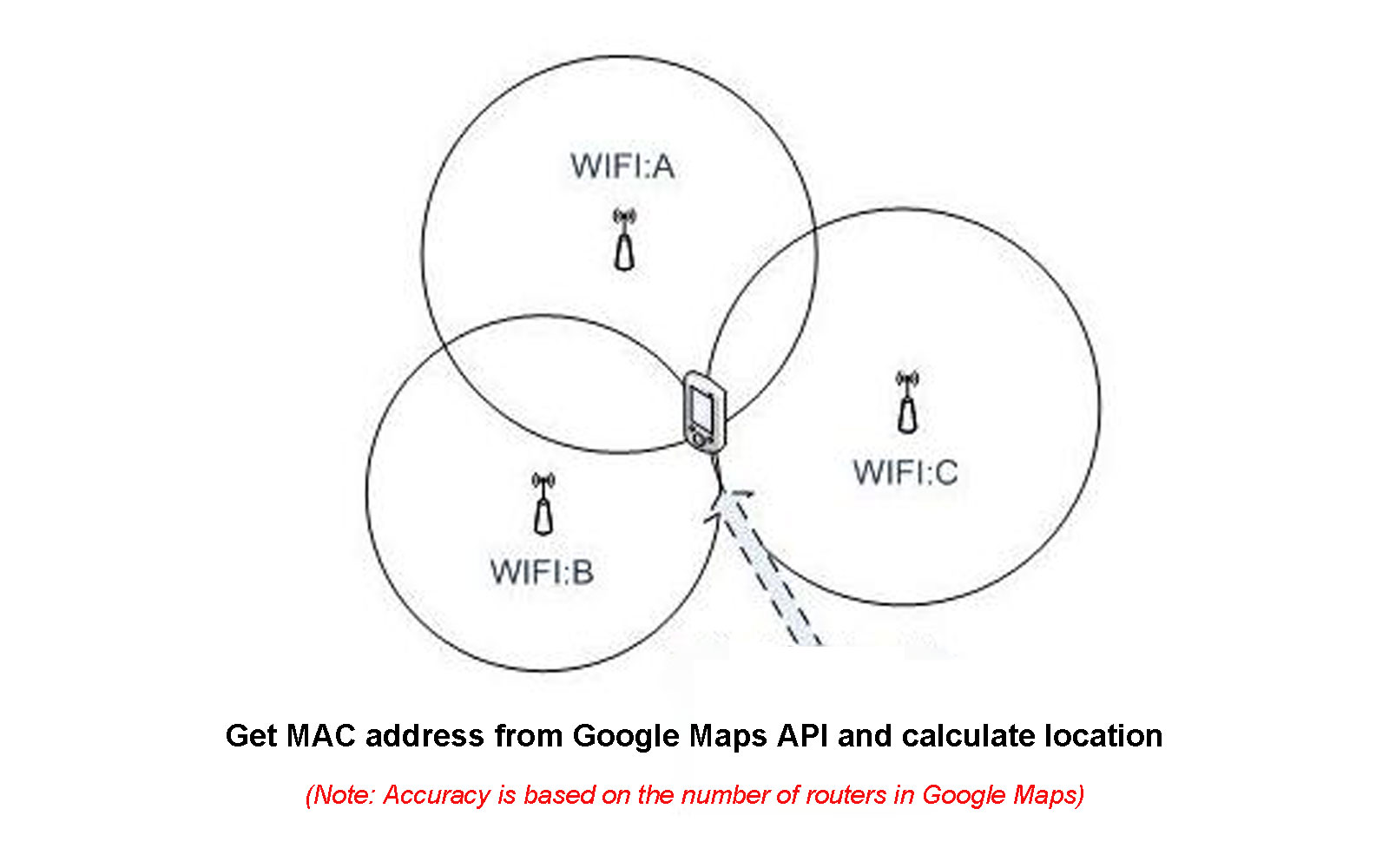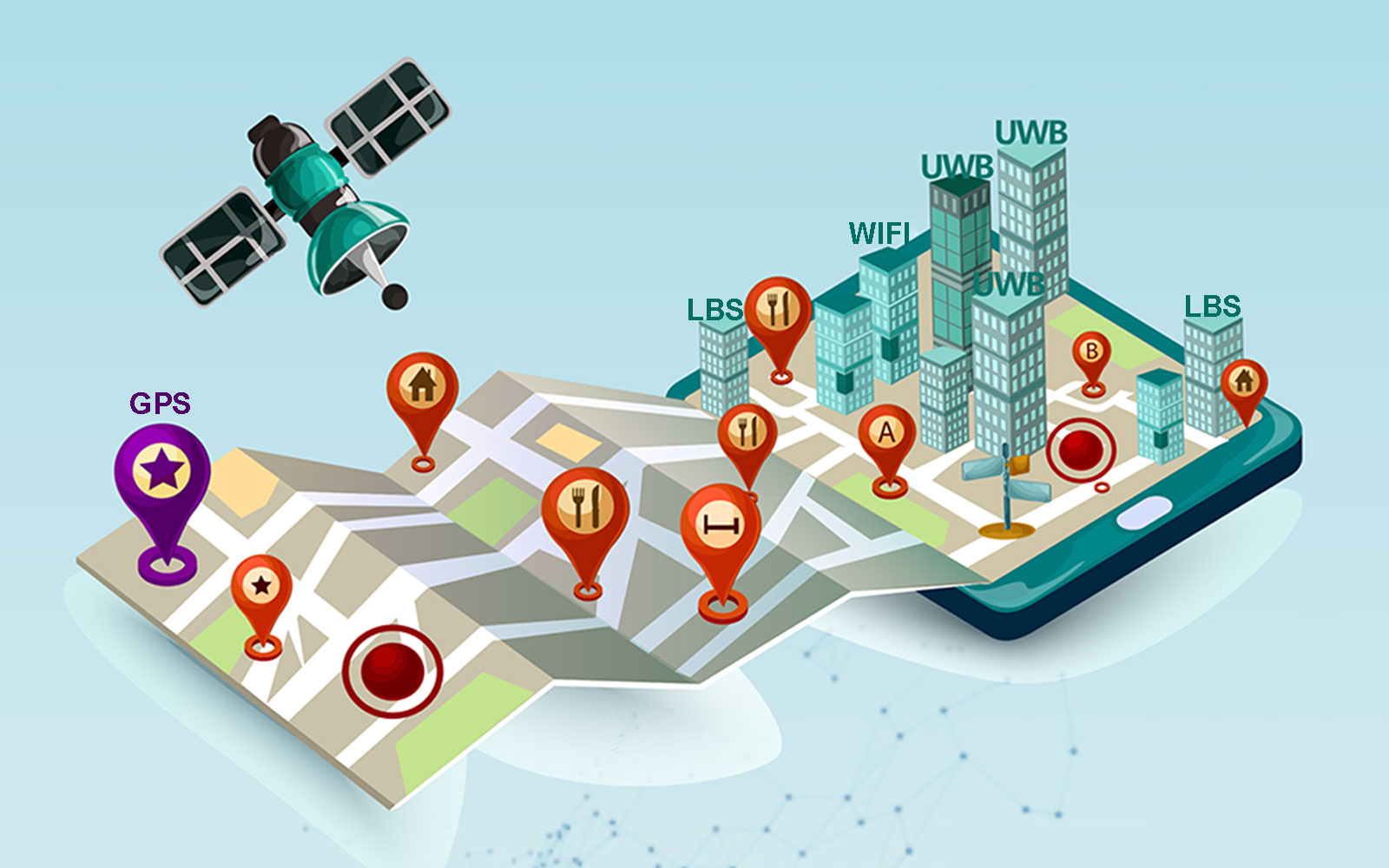GPS, LBS and WIFI positioning technologies of GPS Trackers | How to select a accurate tracking?
2024-05-22 Click:1882
For "vulnerable" groups such as the elderly, children, and pregnant women, the gps tracking watch's functions such as positioning, calls, data monitoring, and movement trajectories are indispensable. Among them, the positioning function attracts the most attention from users.
So how is the positioning function of GPS tracking device implemented? This article will introduce you to the working principles of GPS tracking device with (smart watch example) positioning functions and analyze their advantages and disadvantages.

Currently, the main technologies used in the positioning function of smart watches on the market are based on three types of positioning technologies: GPS positioning, base station positioning, and WiFi positioning. If the accuracy requirements are not high, simple positioning can be achieved by using one of the positioning technologies alone. Before buying a watch, we must ask clearly how the watch is positioned.
Next, we will comprehensively analyze the advantages and disadvantages of these 3 positioning methods, and application scenarios. In the end, we will explain the meaning of triple positioning, quadruple positioning, and fifth positioning of smart watches on the market.
1. Global Positioning System (GPS)

The basic principle of the GPS navigation system (USA) is to measure the distance between the satellites with known positions and the user receiver (GPS can ensure that 4 satellites can be observed simultaneously at any point on the earth at any time) and then integrate multiple satellites The specific location of the receiver can be known from the satellite data. It is composed of space part + control part + user part, and the accuracy is greater than 3m. This system cannot be built by ordinary countries. It must rely on economic strength and technical level. Currently, there are three mature satellite positioning systems and one under construction in the world. The existing satellite navigation and positioning systems include the United States’ global satellite positioning system. System (GPS) and Russia's Global Naviga2tion Satellite System (GLONASS), as well as China's Beidou and Europe's Galileo.
-
- Advantages: The GPS global positioning system has significant features such as all-weather, high precision, automation, and high efficiency.
- Disadvantages: Large indoor positioning error, greatly affected by rainy days, high power consumption resulting in short standby time.
2. Location Base Service (LBS)

Base station positioning is generally used for mobile phone users. The mobile phone base station positioning service is also called mobile location service (LBS - Location Based Service). It obtains the location information (latitude and longitude coordinates) of mobile terminal users through the network of telecommunications mobile operators (such as GSM network), a value-added service that provides users with corresponding services with the support of the electronic map platform, such as the dynamic location query service currently provided by China Mobile M-Zone.
Base station positioning principle: A mobile phone (SIM card function) measures the downlink pilot signals of different base stations and obtains the TOA (Time of Arrival) or TDOA (Time Difference of Arrival) of the downlink pilots of different base stations. According to the measurement results are combined with the coordinates of the base station, and the trigonometric formula estimation algorithm is generally used to calculate the position of the mobile phone. The accuracy is not high, greater than 100m.
-
- Advantages: Generally speaking, the more base stations measured by a mobile phone (SIM card function), the higher the measurement accuracy and the more obvious the positioning performance improvement.
- Disadvantages: A few remote areas may have weak signals, resulting in poor positioning accuracy.
3. Wi-Fi AP Positioning

The basic principle of Wi-Fi positioning technology is to estimate the device's location by using the signal strength or arrival time between a wireless device (such as a smartphone, laptop, or smart tracker) and a nearby Wi-Fi access point (AP). This method requires the device to receive at least three Wi-Fi signals. The device uses the received signal strength (RSSI) and time difference to estimate the distance to the Wi-Fi access point. This method requires very precise time synchronization to calculate the device's distance from these access points, thereby determining the device's location through a triangulation algorithm. A stronger RSSI value indicates a closer distance, and vice versa.
When a user device is at a certain location, the device's Wi-Fi signal signature is matched against data in a fingerprint database to determine its current location. The current mainstream method directly uses the Google Maps Wi-Fi signal database, but its accuracy relies on the Google Maps Wi-Fi database. Alternatively, a model can be built using training data from known locations and corresponding Wi-Fi network signal strengths, using machine learning and other algorithms to improve positioning accuracy.
-
- Advantages: WiFi positioning does not require the device to actually connect to WiFi. It can be achieved as long as the WiFi function can search for hot spots, so this is very convenient, especially in indoor environments.
- Disadvantages: For outdoor environments, there are few WIFI facilities and cannot provide positioning functions. And, this method is susceptible to multipath effects, obstacles, reflections, and other factors, resulting in poor positioning accuracy.
Beside above 3 main positioning methods, the BLE beacons, UWB technology are more and more popular in some special use scenarios and solutions, to fit for different usages canse and scenarios, a good Safe and Health Tracking device not only support singal one tracking methods, must be multiple positioning methods supports, and have to finds a good balance betweens the size (confort) and working time. Here are summary for each mainstream positioning ways.
| No. | Positioning | Advantages | Disadvantages | Scenarios/Solution |
| 1 | GPS |
· 5~10m accurate · No distance limited to track |
· Indoor no have signal · High power consumption |
Personal, pets, assets tracking |
| 2 | LBS | Low power consumption | Accurate depends on cellular towers, accurate from 10 to 2,000 meters | Personal, pets, assets tracking |
| 3 | WIFI | Low power consumption |
· Indoor only · Accurate depends on Google Map ruoters databases, accurate from 10 to 100 meters |
Personal, pets, assets tracking |
| 4 | BLE |
· Low power consumption · Centimeter level accuracy |
· Have to pre-install BLE beacons · Specific environments and regions |
Hospitals, school, theaters, nursing homes, prisons, farm, etc. |
| 5 | UWB |
· Low power consumption · Centimeter level accuracy |
· Solution deploy price is high · Specific environments and regions |
Hospitals, school, theaters, nursing homes, prisons, farm, etc. |
4. Triple positioning, four positioning, and five positioning

(1). Triple positioning
GPS positioning, base station positioning, and WIFI positioning are combined. In outdoor places, GPS takes the dominant position and is assisted by base stations and WiFi. In indoor places with weak GPS signals, WIFI takes the dominant position and is assisted by base stations and GPS, triple positioning technology is intended to make up for the shortcomings of GPS indoors.
(2). Quadruple positioning
Based on the three positioning methods, the dimension of Bluetooth is added to ensure near-field communication with parents’ mobile phones. In public places such as parks and shopping malls, turn on the Bluetooth travel mode. Once the child and the parent exceed a safe distance, the parent's mobile phone will immediately issue an alarm to ensure that the child is in a safe position.
(3). Five-fold positioning
Currently, only a few watches on the market propose five-fold positioning technology to ensure accurate positioning. Outdoors uses Beidou+GPS+AGPS, up to 2.5 meters. LBS+WIFI technology is used indoors, and by optimizing the background algorithm, multiple technologies collaborate with each other to determine the orientation.






